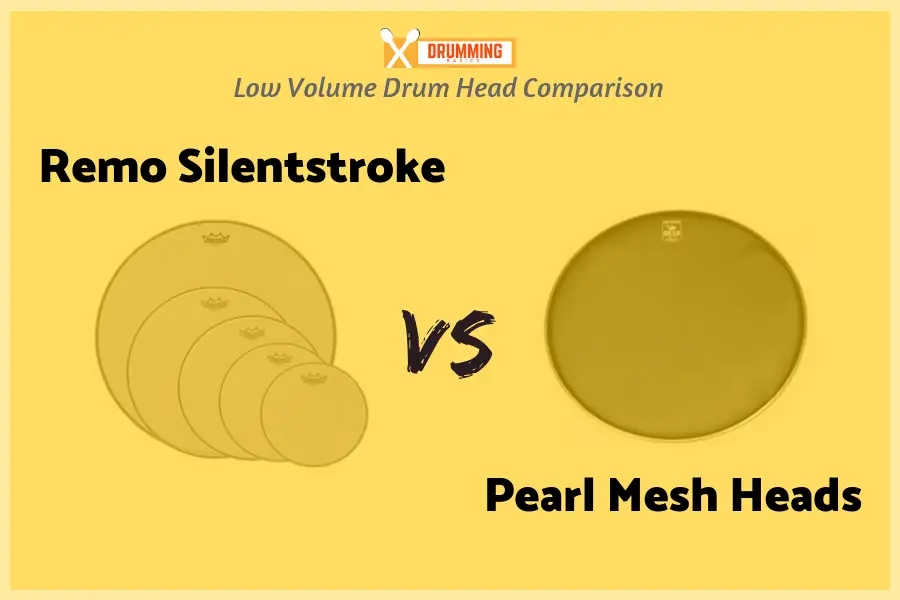


Toward this goal, Tarbela Reservoir is used as a measurement tool using the parameters of the reservoir like maximum operating storage, dead level storage, discharge capacity of tunnels and spillways. It is further investigated whether sufficient water will be available in the Indus River under climate change scenarios. It is observed that Indus River contributes 80 % of the hydro-power generation and contributes 44 % to available water annually in Pakistan. The PRECIS (Providing Regional Climate for Impact Studies) and CCAM (Conformal-Cubic Atmospheric Model) climate models and UBCWM (University of British Columbia Watershed Model) hydrological model are used for this purpose. One way coupling of regional climate models (RCMs) and Hydrological model have been implemented in this study. Four emission scenarios are included, that is, the A 2, B 2, RCP4.5 and RCP8.5. The study evaluated the importance and the availability of water in Indus River under different emission scenarios. This nexus is the central environmental issue around the globe generally, and is of particular importance in the developing countries. The elements in the bunch of Energy-Food-Water are interlinked with one another and among them water plays a crucial role for the existence of the other two parts. There are two main forces which have central role in changing climate: one is natural variability and the other one is human evoked changes, increasing the density of green house gases. The changing climate has impact on various areas including agriculture, water, health, among others. The last decade of the 20th century and the first decade of the 21st century showed that climate change or global warming is happening and the latter one is considered as the warmest decade over Pakistan ever in history where temperature reached 53 0C on May 26, 2010. Water Availability in Indus River at the Upper Indus Basin under Different Climate Change Scenarios The paper gives an overview of how the SRS program at RRCAT has evolved over the years, where we stand today and also some of our future plans. The 3 completed beam lines on Indus- 2 are: high resolution XRD, position sensitive detector based multi channel EXAFS (Extended X-ray Absorption Fine Structure) and EDXRD (Energy Dispersive X-ray Diffraction). Currently 5 beam lines on Indus-1 and 3 on Indus- 2 are operational and work is going on 4 more beam lines on Indus- 2 & is progressing well.

At present we have permission from Atomic Energy Regulatory Board (Indian agency charged with radiation protection responsibility in the country) to operate Indus- 2 at 2.5 GeV with up to 50 mA & in the next stage we will get authorization to go up to 100 mA. Normally beam is injected into Indus- 2 (and accumulated) at 550 MeV, and ramped to 2 or 2.5 GeV depending on the user needs. Most of the accelerator hardware has been built indigenously.

RRCAT is home to 2 synchrotron radiation sources (SRS): Indus-1 (a 100 mA, 450 MeV storage ring) & Indus- 2 (a 2.5 GeV booster cum storage ring designed for a current of up to 300 mA), sharing a common injector system, comprising of 20 MeV microtron & 450-700 MeV range booster synchrotron. Raja Ramanna Centre for Advanced Technology (RRCAT, formerly called Centre for Advanced Technology) is a prime R&D laboratory of Indian Department of Atomic Energy devoted to developing technologies related to accelerators and lasers as well as their applications.


 0 kommentar(er)
0 kommentar(er)
